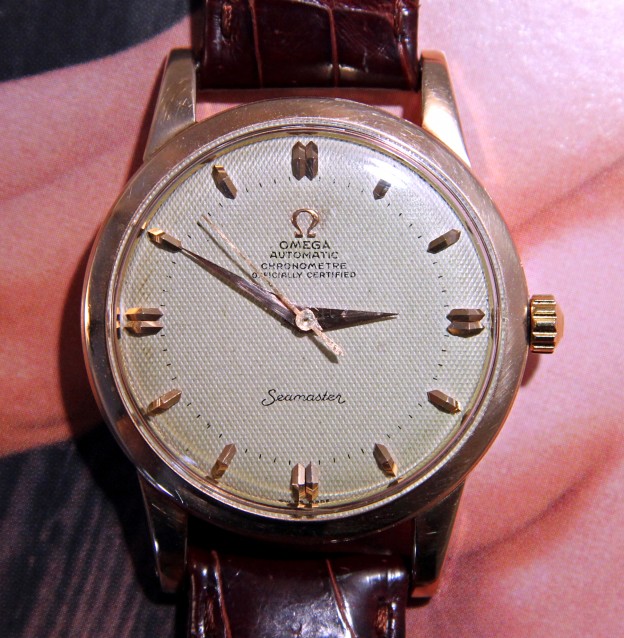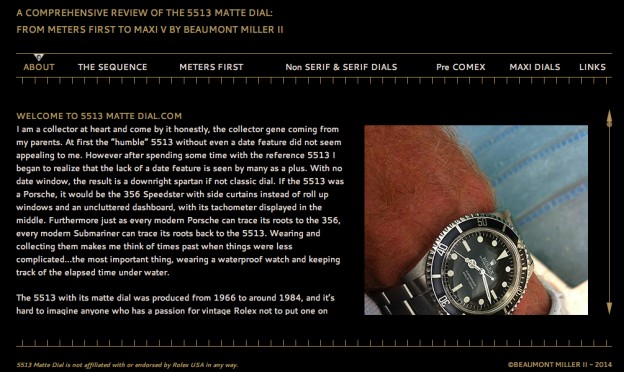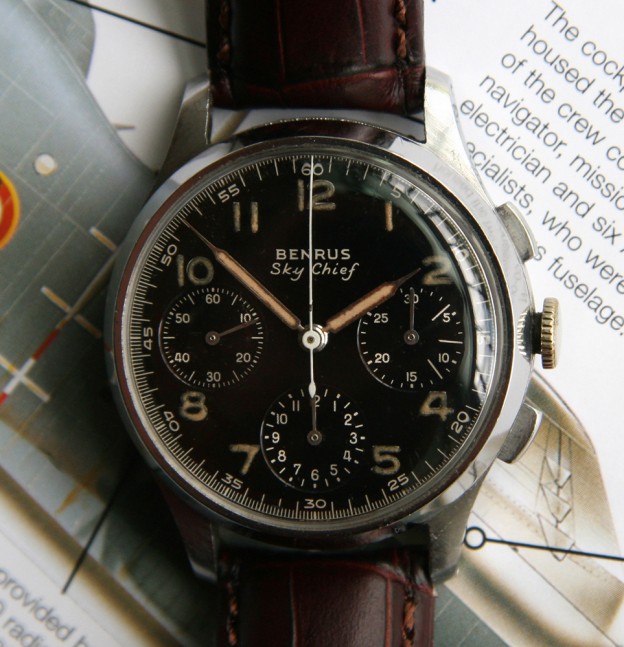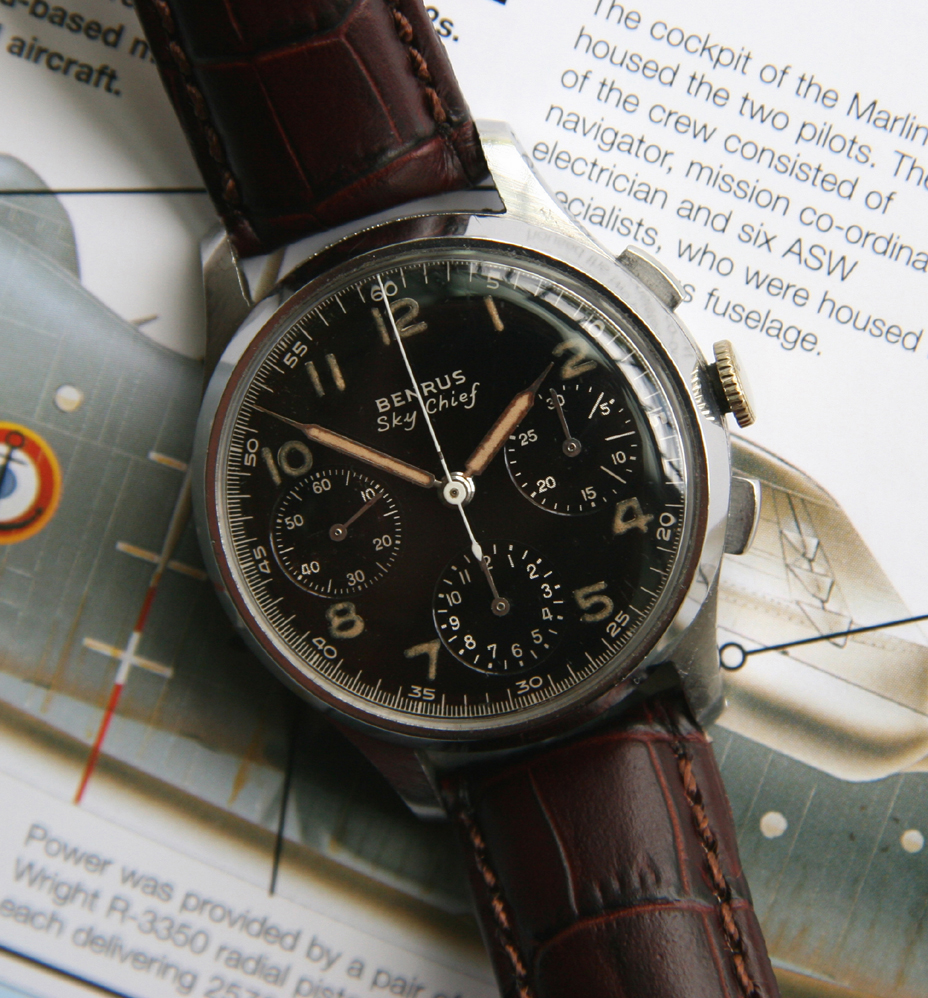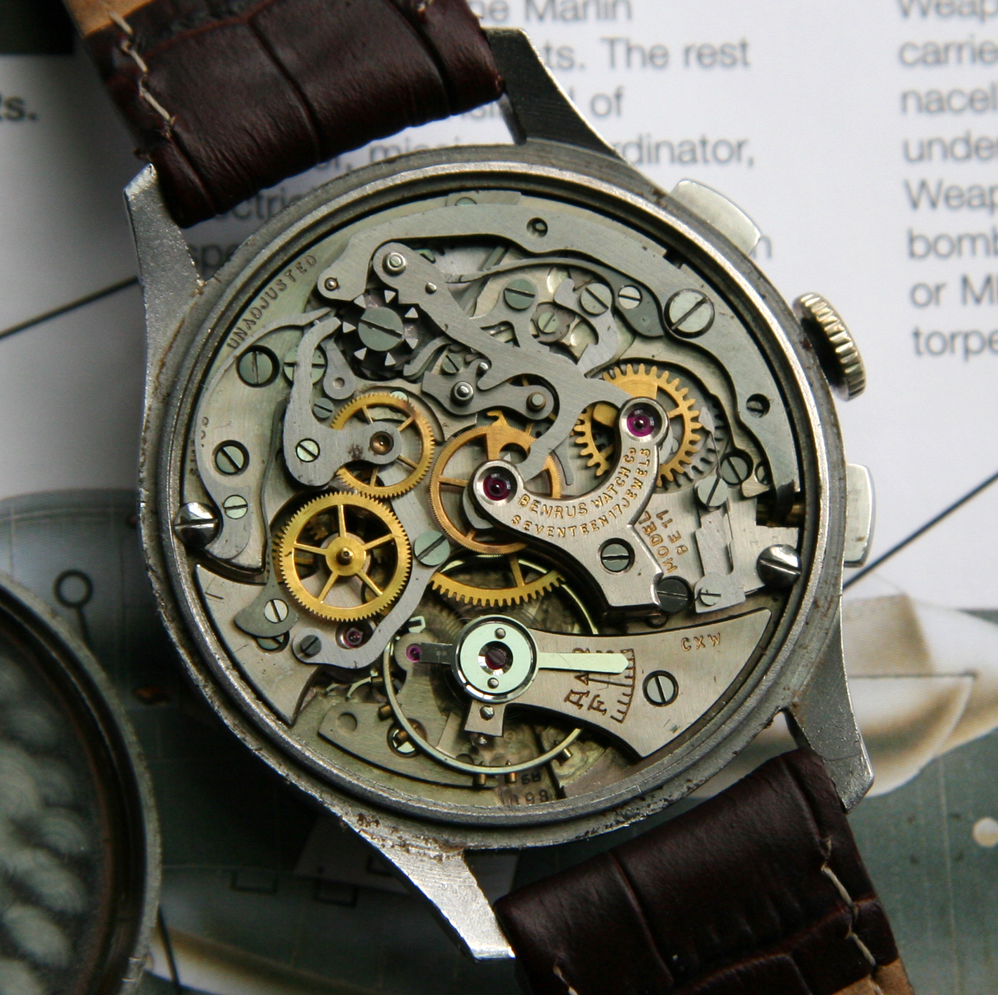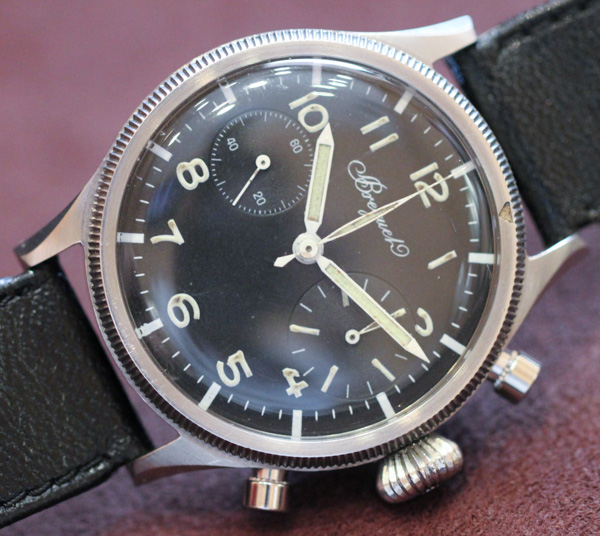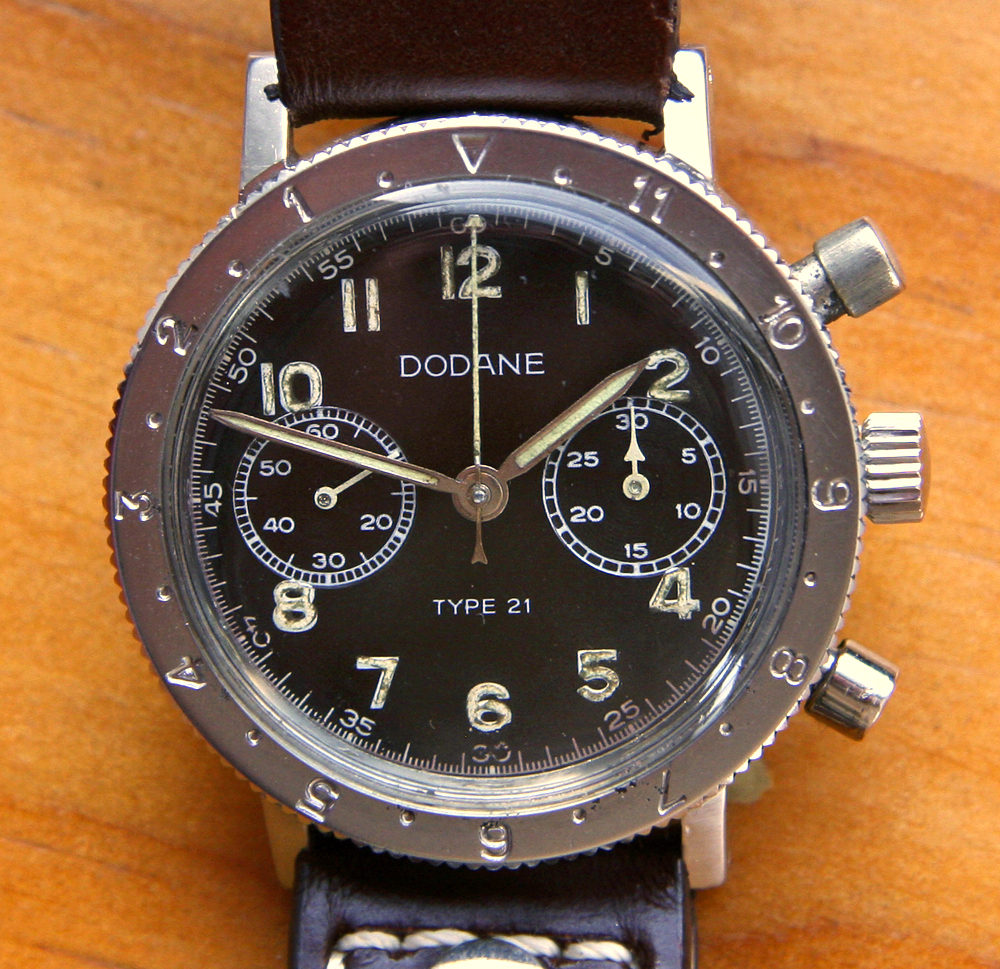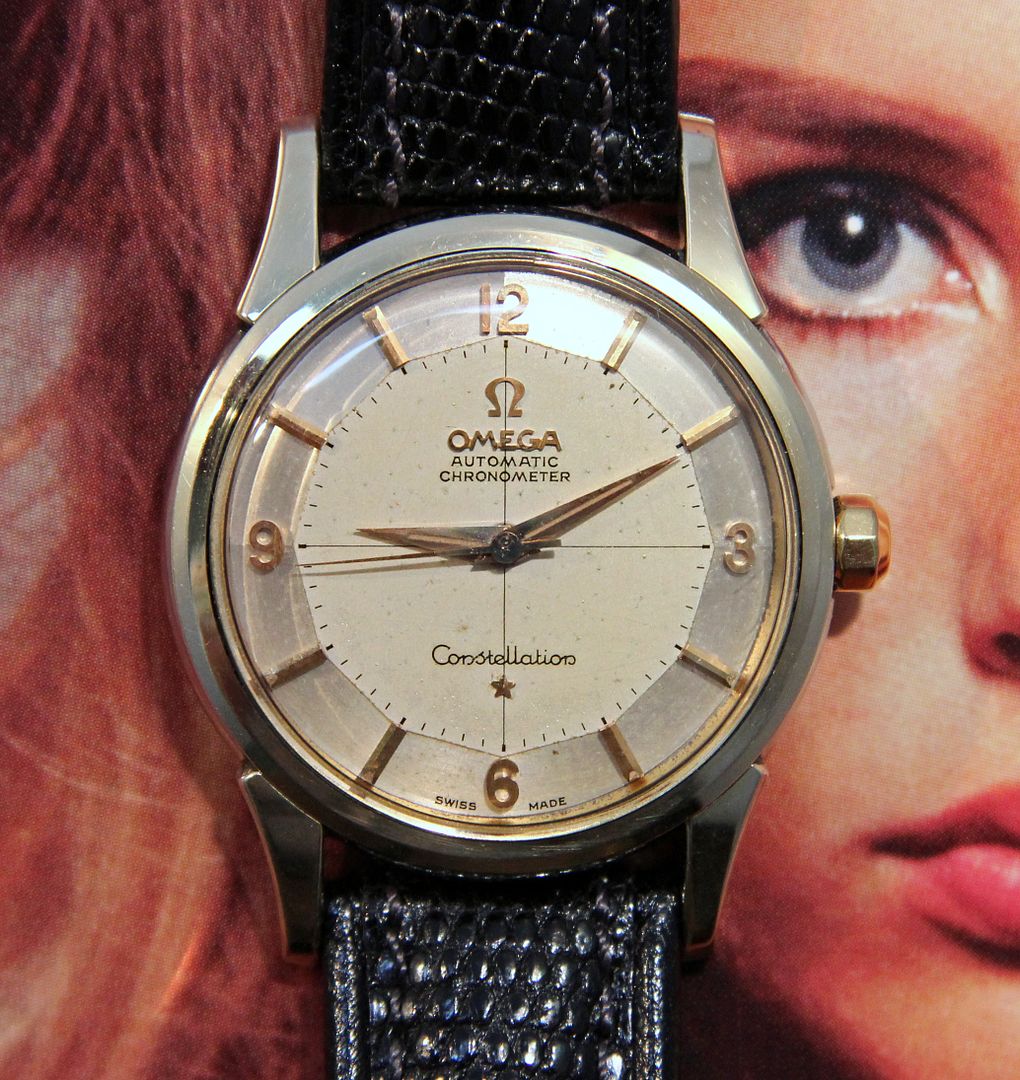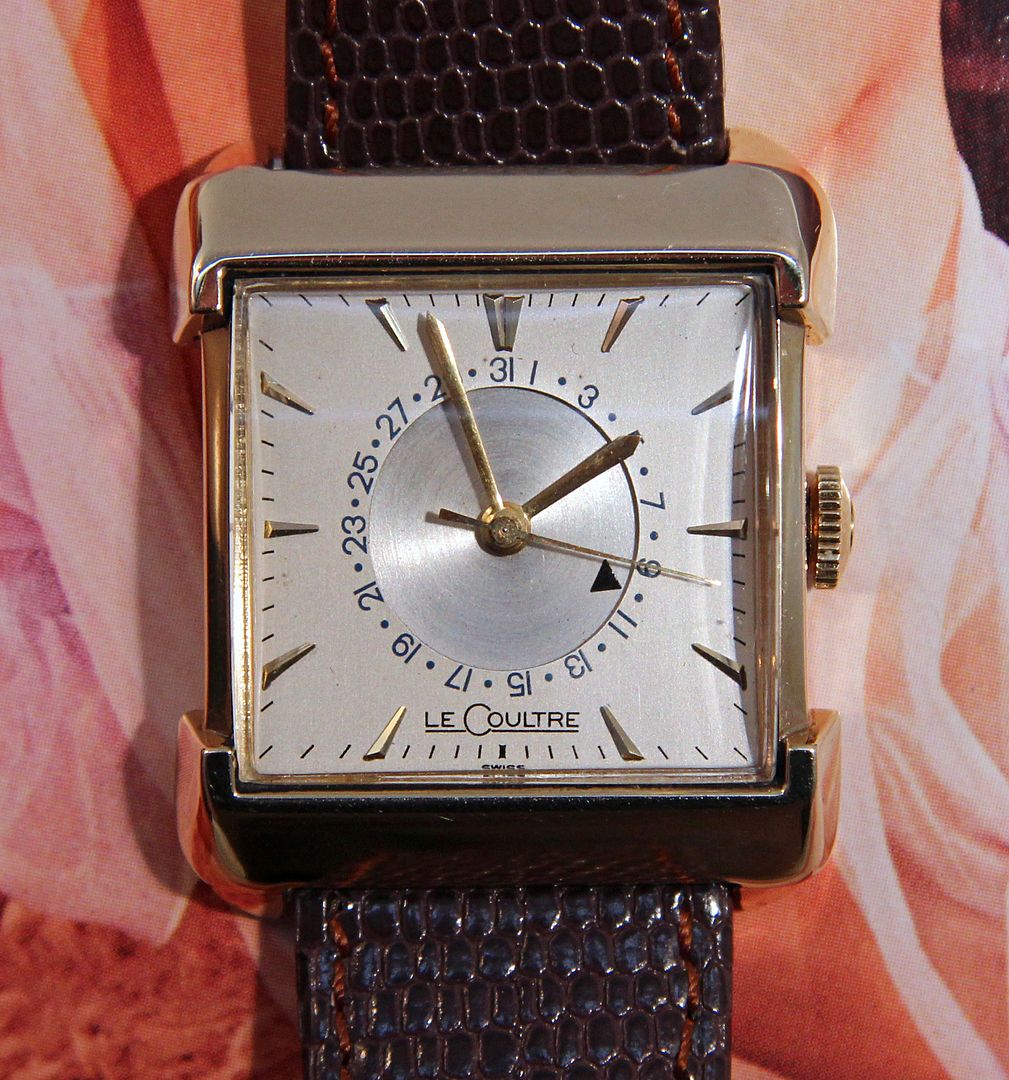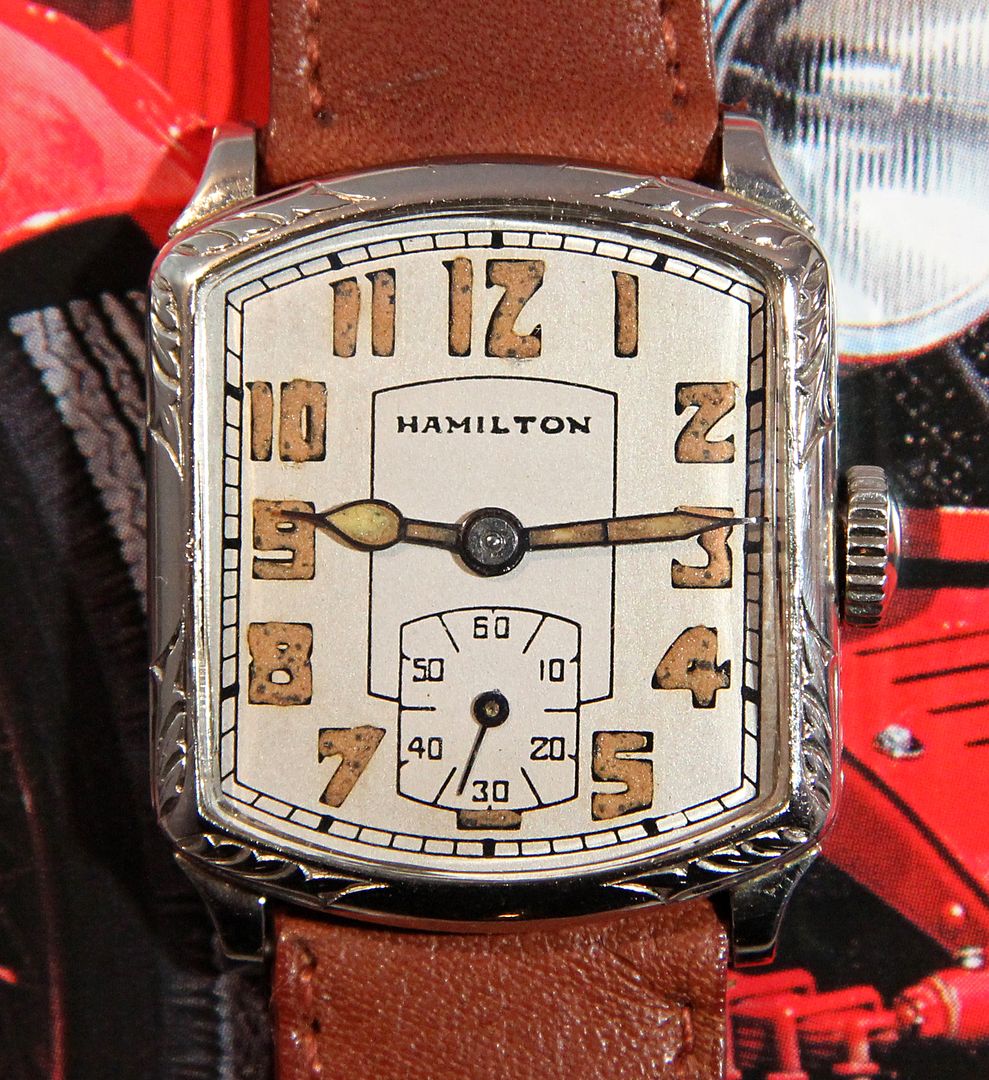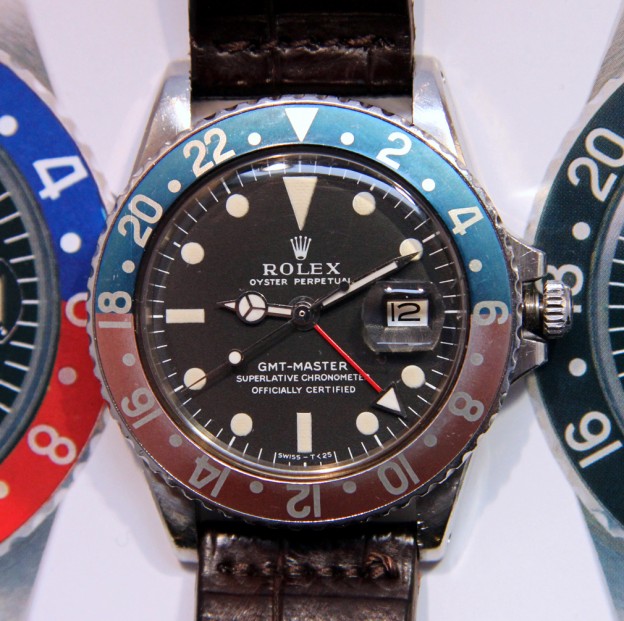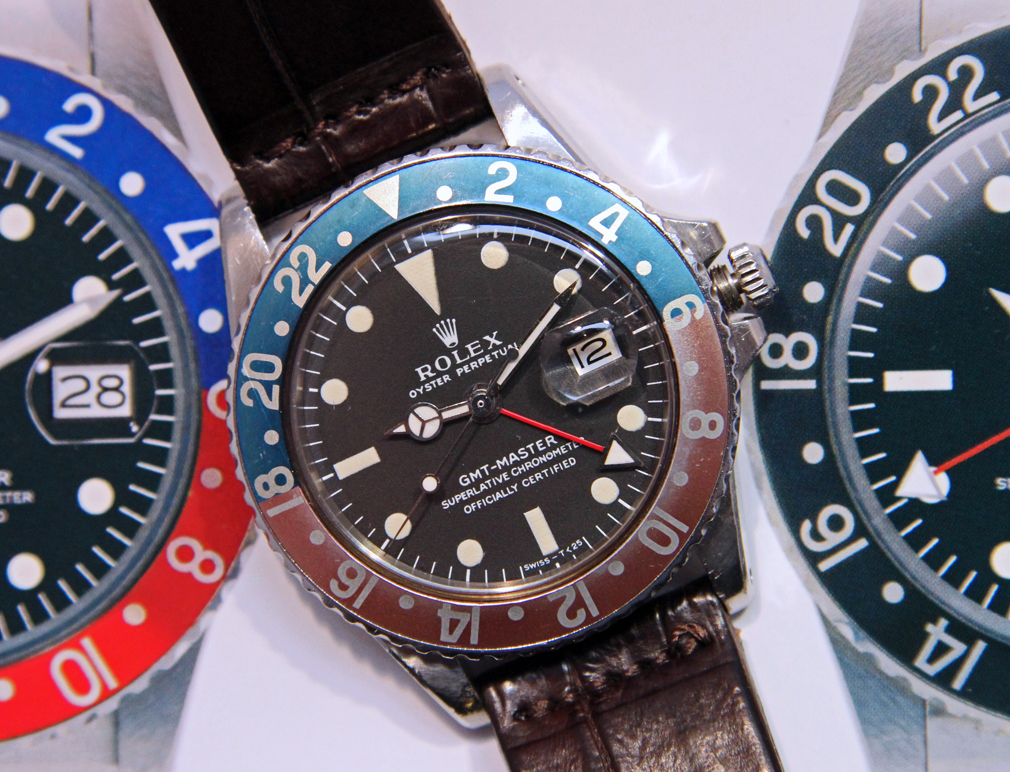Vintage Rolex collecting, perhaps more so than any other brand of vintage watch and especially with regards to the Sports models, is very much about the minute variations in the details of a given model line over time. Very often these changes in fonts, for example, occurred in rapid succession as Rolex ramped up production of, say, their Submariner line in response to increased demand for their iconic watches. Therefore, one sees not only relatively big changes in dial printing, such as the switch from red SUBMARINER to white in the 1680 date model or the move away from gilt/gloss dials to matte/white writing in the later 1960s, but also extremely subtle shifts in the basic fonts and printing of otherwise very similar dials that are much harder to keep track of and difficult for the unitiated to see. In the end, a lot of the main factors of a Vintage Rolex Sports watch’s appeal and value come down to hard-to-spot minutiae.
And that’s where a new site like 5513mattedial.com becomes so valuable. Taking a magnifier to the Matte dial non-date Submariners that were produced from the late 1960s until the early 80s, the site’s author, longtime collector Beaumont Miller II, has catalogued the key evolutionary differences in that ultimate Rolex tool watch, the reference 5513 Submariner, during its long years of matte dial production. Now in one place we have a handy collector’s resource that makes clear the key characteristics of Maxi dials, Pre-Comex, and the early Meters-First variations, among others. And as a result of these comprehensive efforts you will see more variety in this “common” model than you previously thought possible.
If collecting Vintage Rolex is all about the details (and it is!), then 5513mattedial.com is an exceptionally handy resource to consult when hunting a white-writing 5513 and determining where its dial falls in the production sequence and if in fact the printing is actually legitimate. Written in an entertaining and self-depricating style, the site is as thorough and specific as they come and shows that by looking closely and analyzing seemingly random minutiae at length, a much greater mosaic comes into view when all the puzzle pieces are finally laid into place. It’s a job well done all around and I strongly recommend it to anyone interesting in collecting these iconic Submariners.

